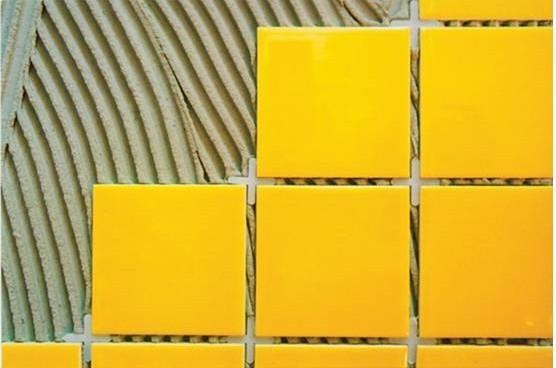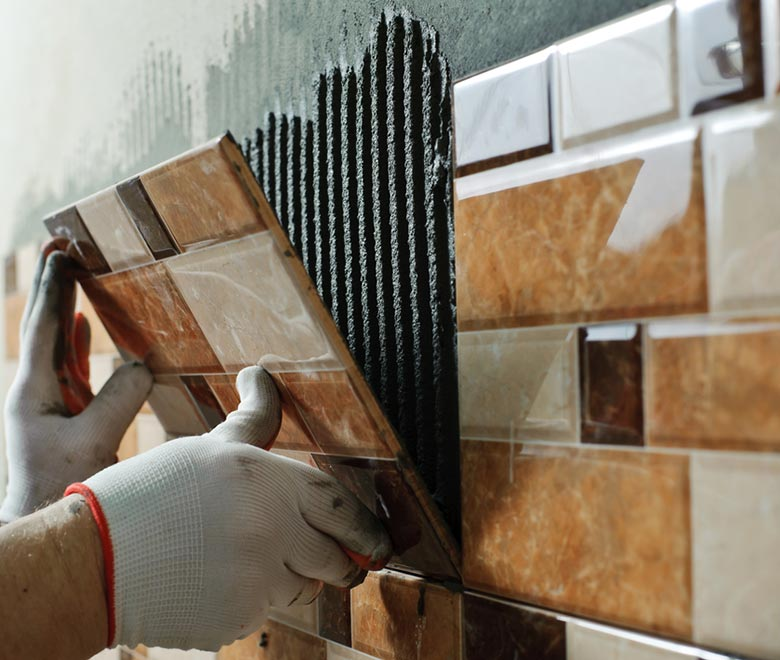HPMC and MHEC are both cellulose ethers used in various industries for their binding, thickening, and stabilizing properties. However, there are some differences between HPMC and MHEC:
Difference Between HPMC and MHEC
● Thermal Stability
Thermal stability of HPMC and MHEC is affected by their gel temperature. In general, the gel temperature of HPMC is around 60℃-75℃ depending on its group content and different production technique. Due to the characteristics of MHEC group, it has a higher gel temperature, usually > 80℃. Therefore its stability under high temperature is better that HPMC. On the other hand, because there are more hydrophilic groups in the structure of MHEC, it has better hydrophilicity. The water retention rate of MHEC in mortar is a little higher than HPMC at the same dosage of products with the same viscosity.
In practical construction, in the hot construction environment in summer, the water holding capacity of MHEC with the same viscosity and dosage is better than that of HPMC. Especially in the Southeast Asian countries and India, mortar will sometimes be constructed at high temperature. Cellulose ether with low gel temperature will lose its thickening and water retention at high temperature, thereby accelerating the hardening of mortar, and affects the construction.
● Process Difference
HPMC is a non-ionic cellulose ether made from refined cotton after alkalization, using propylene oxide and methyl chloride as etherification agents, through a series of reactions; and HEMC is produced from refined cotton after alkalization treatment, using ethylene oxide and methyl chloride as etherification agents, after a series of reactions, because the storage and use risk factor of ethylene oxide is higher than that of propylene oxide, so The production technology and process requirements of HEMC are higher. There are fewer manufacturers and the price of HEMC is higher than that of HPMC.
● Performance Index Difference
The gel temperature of HEMC is higher, generally the gel temperature can reach about 78-85 ℃; while the gel temperature of HPMC is generally about 55-70 ℃, so HPMC is not as effective as HEMC in high temperature resistance. This is the main reason why many customers in hot areas choose HEMC.
Generally speaking, the water retention of HEMC is higher than that of HPMC, but there is no big difference. Considering the cost and price, if there is not high requirements for the gel temperature, customers generally prefer HPMC. Furthermore, the viscosity stability, mildew resistance, and dispersibility of HEMC are generally higher than that of HPMC.
● Application Difference
The application fields of HPMC and HEMC are basically the same. They are both widely used in construction mortar, putty, coatings, daily chemicals, ceramics, papermaking, etc. Among the real stone paint, the effect of using HEMC is better. These two products are mainly used in construction. The main difference is gel temperature. The high temperature resistance of HEMC is better.

HPMC VS MHEC
The Similar Performances Between HPMC and MHEC in Construction Chemicals
Used as thickener, dispersant, water retention agent and air-entraining agent etc. Mainly used in cement and gypsum based dry mix mortar to increase bond strength, workability, and water retention. Reduce water loss on concrete surface, preventing cracks and increase scrape area. It is widely used in wall plaster and tile adhesive products
In paints, as a protective colloid, HPMC and MHEC can be used in the polymerization of vinyl acetate emulsion to improve the stability of the polymerization system in a wide pH range. Use pigments, fillers and other additives in finished product manufacturing to evenly disperse, stabilize and provide thickening effect.

Jinan Maissen New Material Co., Ltd. is the Chinese manufacturer specialized in HPMC and MHEC
Supplying high quality HPMC and MHEC for wall putty, tile adhesive, ETICS mortar and etc.
Please feel free to contact us for further information!









